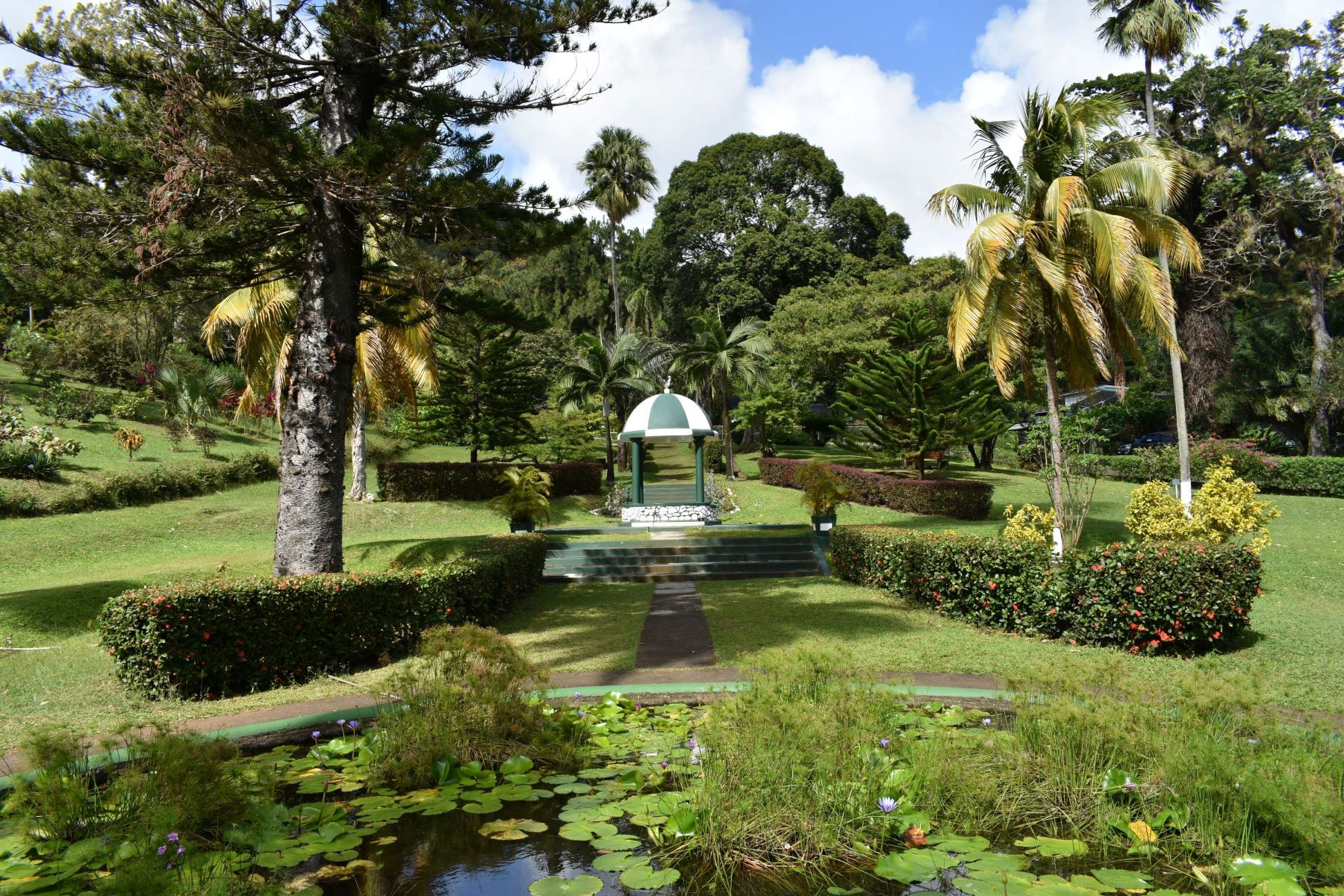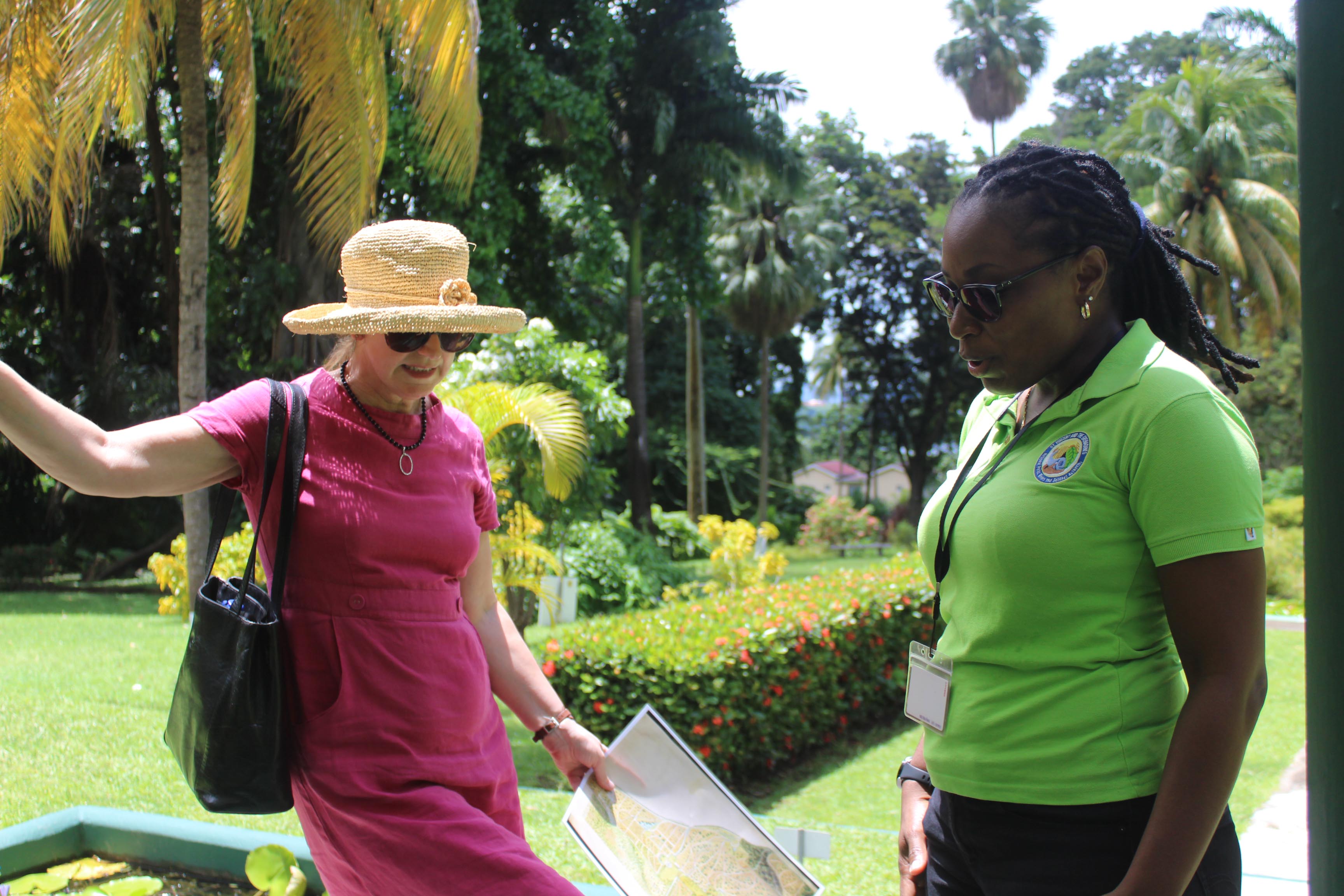
A University of Winchester academic has initiated a fundraising campaign to help pay to produce a guidebook to one of the world’s most important horticultural sites.
Dr Christina Welch, Reader in Religious Studies and Death Studies, carried out a highly-praised research project into the roots of St Vincent Botanical Garden. Thanks to her work the first botanical garden in the western hemisphere gained a pop-up exhibition explaining its history.
Now she helping to raise funds to produce a guidebook to the exhibition to mark the garden's 260th anniversary.
The garden was established in 1765 but rose to prominence under the Scottish horticulturist Dr Alexander Anderson between 1785 and 1811. Anderson relied heavily on enslaved peoples on the island for both local plant knowledge and their skills in cultivating plants in a hot climate.
Originally the garden had been intended to grow plants for medicinal use for British troops who were victim to a range of tropical diseases in the Caribbean.
However, with his team of enslaved Africans, Anderson created a nursery for the Empire, stocked with more than 1,300 plant species, sending out plants and seeds all over the world.
 Dr Christina Welch (left) on one of her visits to the garden
Dr Christina Welch (left) on one of her visits to the garden
Dr Welch’s research, and the exhibition which grew out of it, has helped highlight the vital contribution made by enslaved people. Her work also saw Christina shortlisted for Research Project of the Year at the 2023 THE (Times Higher Education) Awards.
She is now rallying support for the St. Vincent & Grenadines Botanical Garden Guidebook Project.
It is hoped to raise £13,000 to produce 1,000 high-quality colour 64-page guidebooks. The islands’ Prime Minister, Ralph Gonsalves has agreed to write the foreword.
Christina said: “The Botanical Garden in St Vincent and the Grenadines was established in 1765 and still going strong 260 years later. In all this time no guidebook has ever been produced. This means visitors today have nothing to take away in terms of a souvenir to remember this special place, nor are aware of its amazing history.
“The Garden is very cheap to enter and runs on a shoestring so they do not have the funds to produce a guidebook themselves. The initial production costs and design work is the most expensive part but once that is done proceeds from the sale of the guidebook will go into subsequent print runs.”
She explained that money raised would cover the cost of botanical artists to produce bespoke illustrations of plants that once grew in the garden, photography of the Garden today, design and printing costs.
The text was being produced free of charge and Kestrel Shipping have donated the shipping costs.
To read more about Christina’s research follow this link.
Back to media centre